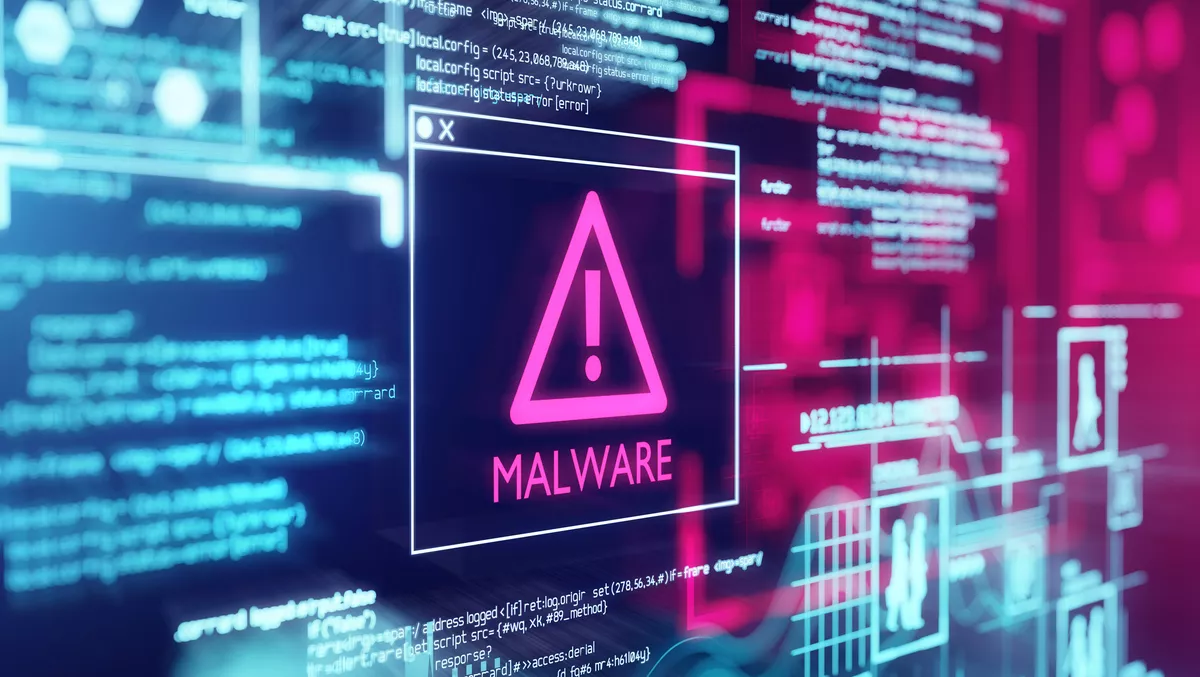
1 in 5 businesses have paid or would pay a ransom for their data
Malware, ransomware and phishing are continuing to plague global organisations, with one in five (21%) experiencing a ransomware attack in the last year, new research has found.
First seen in the late 1980s, with the PC Cyborg Virus, the frequency and impact of ransomware attacks has now accelerated due to the rise of cryptocurrency as the preferred ransomware payment method.
The 2022 Thales Data Threat Report, conducted by 451 Research, part of S-P Global Market Intelligence, including more than 2700 IT decision-makers worldwide, found a fifth (22%) of organisations have admitted that they have paid or would pay a ransom for their data. Despite this, 41% of respondents said they had no plans to change security spending, even with greater ransomware impacts.
Additionally, less than half of respondents (48%) have implemented a formal ransomware plan. Healthcare was the most prepared at 57% with a formal ransomware plan; energy the least at 44%. Despite both sectors experiencing significant breaches over the past twelve months.
According to Thales, as more companies adopt multicloud strategies and hybrid work remains the norm, IT leaders continue to be challenged by the sprawl of data across their organisations and find it more difficult to locate all of their data.
The survey showed just over half (56%) of IT leaders were very confident or had complete knowledge of where their data was being stored, down from 64% the previous year[1], and only a quarter (25%) stated they were able to classify all their data.
Threats - Compliance Challenges
Throughout 2021, security incidents remained high, with almost a third (29%) of businesses experiencing a breach in the past 12 months, the report found. Additionally, almost half (43%) of IT Leaders admitted to having failed a compliance audit.
Globally, IT leaders ranked malware (56%), ransomware (53%) and phishing (40%) as the leading source of security attacks. Managing these risks is an ongoing challenge, with almost half (45%) of IT leaders reporting an increase in the volume, severity and/or scope of cyberattacks in the past 12 months.
The Cloud is Increasing Complexity - Risk
Cloud adoption is increasing with more than a third (34%) of respondents saying they used more than 50 Software as a Service (SaaS) apps and 16% used more than 100 apps. However, 51% of IT leaders agreed that it is more complex to manage privacy and data protection regulations in a cloud environment than in on-premises networks within their organisation, up from 46% last year.
The 2022 Data Threat Report also revealed significant momentum amongst businesses to store data in the cloud, with 32% of respondents stating that around half[i] of their workloads and data resides in external clouds, and a quarter (23%) reporting more than 60%. However, 44% reported that they had experienced a breach or failed an audit in their cloud environments.
Additionally, the use of encryption to protect sensitive data is low, with only half of respondents (50%) disclosing that more than 40% of their sensitive data has been encrypted, and a fifth (22%) stating more than 60%. Representing a significant ongoing risk for businesses.
Remote Work Worries
Another full year of remote working demonstrated that navigating security risks is proving a significant challenge for businesses. Worryingly, the majority of businesses (79%) are still concerned about the security risks and threats that posed by remote working. Only half of IT leaders (55%) reported to have implemented multi factor authentication (MFA), a figure unchanged from the previous year.
Threats on the Horizon
However, the report also showed that IT leaders have significant diversity of spending technology priorities suggesting they are serious about tackling complex threat environments. A quarter (26%) stated that broad cloud security toolsets are the greatest future spending priority. Additionally, a similar number of IT leaders (25%) stated they were prioritising key management, with Zero Trust an important strategy for 23%.
IT leaders are also increasingly aware of the future challenges on the horizon. Looking ahead, when asked to identify security threats from quantum computing, 52% said they were concerned with tomorrows decryption of todays data, a concern that will likely be intensified by the increasing complexity of cloud environments.
"As the pandemic continues to affect both our business and personal lives, any expectation of a return to pre-pandemic conditions have faded," Sebastien Cano, senior vice president for cloud protection and licensing activities at Thales.
"Whilst teams around the world have continued to face challenges in securing their data, our findings indicate that urgent action is needed by businesses to develop more robust cybersecurity strategies," he says.
"The attack surface, as well as the asset management challenges, are only set to increase in the coming year, and it is vital that businesses deploy a robust security strategy based on discovery, protection and control."


